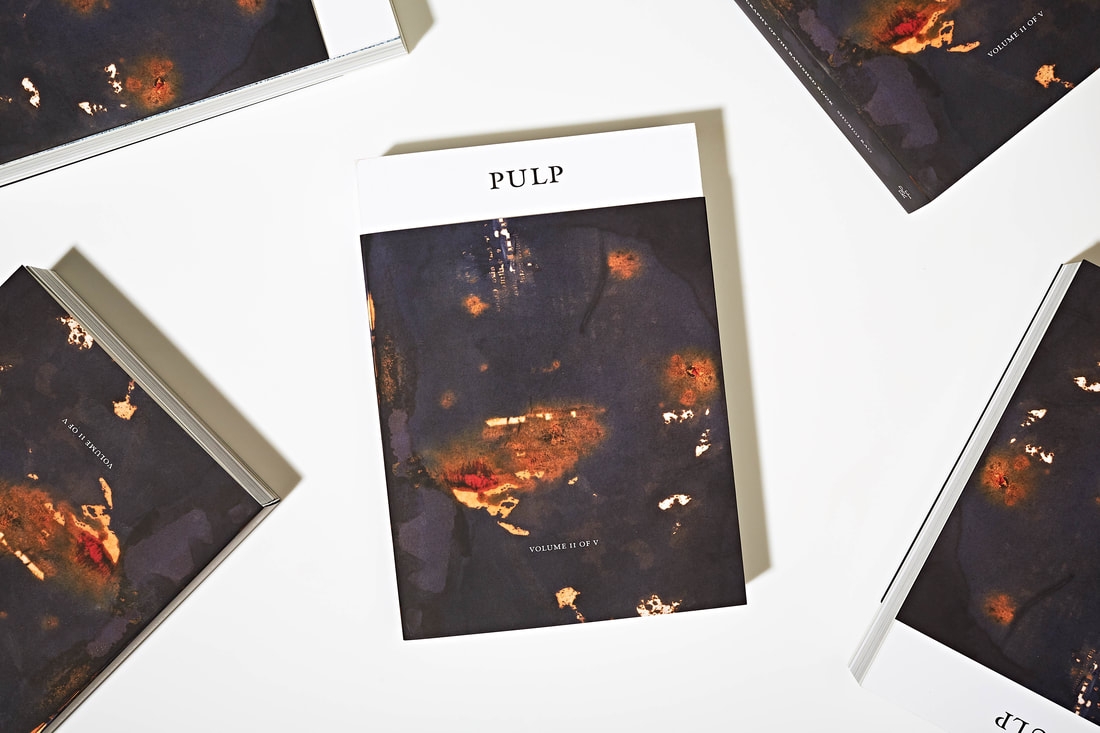Pulp II: A Visual Bibliography of the Banished Book, by Shubigi Rao, Rock Paper Fire, SGD 50 (softcover)
The second part of this epic, five-volume, ten-year project (which also manifests in artworks and films) by writer, artist and curator of the next Kochi-Muziris Biennale (due in 2020) Shubigi Rao continues her investigation into the history of library and book destruction. Where the first volume rooted the project in her own experience (via the story of her family library), this focuses on the personal stories of librarians, publishers and artists, as recounted in interviews and conversations that take place everywhere from Antwerp to Delhi (via an extensive study of various forms of ethnic and cultural cleansing during the Yugoslav Wars of the 1990s). It looks at the book as a site for resistance and activism (bootleg versions of The Satanic Verses, 1988, banned books inserted into library collections) as much as one of legislation. As Rao puts it, she is looking at books and libraries as places in which to explore ‘the possibilities of living after abuse’. The spectres of the #MeToo movement, increasing divides between rich and poor, and the rise of populist politics worldwide haunt this work.
Throughout, the book is considered a physical object as much as a container of content (particularly evident in a discussion about the effects and consequences of library digitisation). Graffiti, excision and marginalia are introduced into the discussion both as an act of oppression (the scoring out of passages) and as part of a process of accumulating knowledge (third languages added to bilingual dictionaries). And form follows content in Rao’s ‘handwritten’ side notes, scribbled deletions and drawings. More interesting is the way in which Rao traces the dynamics of ownership, censorship and rebellion from the context of family libraries (sites of sibling rivalry), through to the fates of national collections. The idea, then, is to consider the largescale effects of wars, populist politics and the politics of cultural purity and appropriation through the lens of personal experience. ‘I consider that it is the particular and specific, the subjective, that punctures any apathetic diminution of vivid, diverse struggles and forms,’ Rao writes in her introduction. The rest of the book is a consistent demonstration of why that should be the case.
From the Summer 2019 issue of ArtReview Asia
